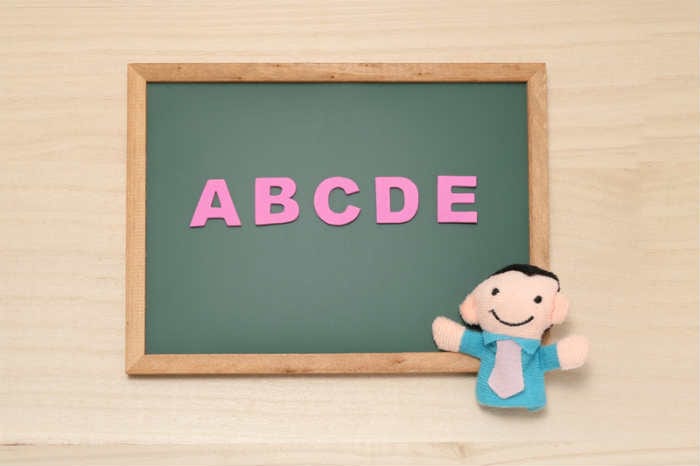











Working with a therapist can be beneficial in many ways; when you have a trusted relationship with a mental health professional, it can help you to feel as if you have a safe space that’s free from judgment to work through your feelings, thoughts, and negative emotions and behaviors. The process of choosing a therapist that is up to the task of helping you with your specific needs and makes you feel comfortable can require time and patience. Once you do so, you are likely to develop a strong, trusting relationship with them. This makes the prospect of having to sever this relationship very difficult.

Just like in dating scenarios, there are many reasons you may find yourself opting to terminate your therapeutic relationship. Common reasons include:
Just as with romantic partners, it’s easier to break up at the beginning of a therapeutic relationship, as there has not been a lot of time (and money) invested in the relationship yet. Once you have been with the therapist for months, and certainly for several years, just the thought of terminating your relationship can be stressful. In addition, for people who struggle with expressing their thoughts and feelings, it can be especially difficult to initiate a therapy “break up”, no matter how long the relationship has been going on.
While there are a lot of similarities between finding a therapist and finding a romantic partner, something that is different is the element of power that is inherently involved in the therapist-client relationship. Because a therapist has a certain amount of expertise and knowledge, a client can feel obligated to maintain the relationship as they are trusted to be the ones that evaluate whether or not the treatment is going well.
Therapists are trained to understand this and are supposed to frequently check in with their clients to assess their feelings of connectedness and interest in continuing to work together but may not always notice when a client is not engaged or thinking about ending treatment. Therefore, if you feel that it’s time to move on, you cannot ignore those feelings. However, rather than rushing to make a rash decision, it’s wise to follow a few steps to make sure you are making the right decision and that you end things amicably.
You may want to leave your therapist for legitimate reasons such as those stated above. However, beware that sometimes people feel that they do not want to put in the work required to overcome their challenges or they do not like the feedback they are hearing from their therapist, even if it’s true and helpful. This is especially common if they are helping you with relationship issues and assigning some of the blame for the discord on you. If that is the case, you should consider keeping an open mind to working with them a little while longer to see if there is truth and value in what they are suggesting.
If your therapist is unaware that you are unhappy, you may want to consider opening up to them and seeing if together you can work to salvage the relationship. Starting over with a new therapist can be emotionally grueling. So if your reason for leaving is something that can be resolved, it might be worth the effort of discussing it with your therapist.
So, if you feel that leaving your therapist is the right decision, there are several ways to communicate this with them. Ghosting them should not be one of them. Whether it’s in-person, over the phone, or via a live video session, you should have a conversation. The hardest part of delivering any bad or uncomfortable news is getting past that one unpleasant thing you want to say. So rather than a long, painful introduction, start with that part. It is the most painless way to get through the conversation and once the initial shock is over, you can move on to trying to make the rest of the conversation productive.
Sharing your feelings is a great way to practice great communication skills and therapists will be appreciative of your ability to communicate your wants or needs. A clear “I” statement is always a great way to communicate with anyone, let alone your therapist. Something like, “I am not sure I am making the progress I want in therapy” or “I am feeling like I may need to find a better fit” are can work well. While these statements could feel like they may hurt their feelings, a good therapist will be able to hear these things and, without judgment accept your decision. They may even provide you with a referral to a more suitable colleague.
Ending a therapeutic relationship can be a difficult decision to make, but sometimes necessary and even urgent. Communication is key, so it is important to be honest and transparent with your therapist about your decision to end the therapy. Take the time to reflect on the progress you have made in therapy and the impact your therapist has had on your mental health. Finally, remember that finding a new therapist can be a positive step towards continuing your therapeutic journey and achieving your mental health goals.
Sources